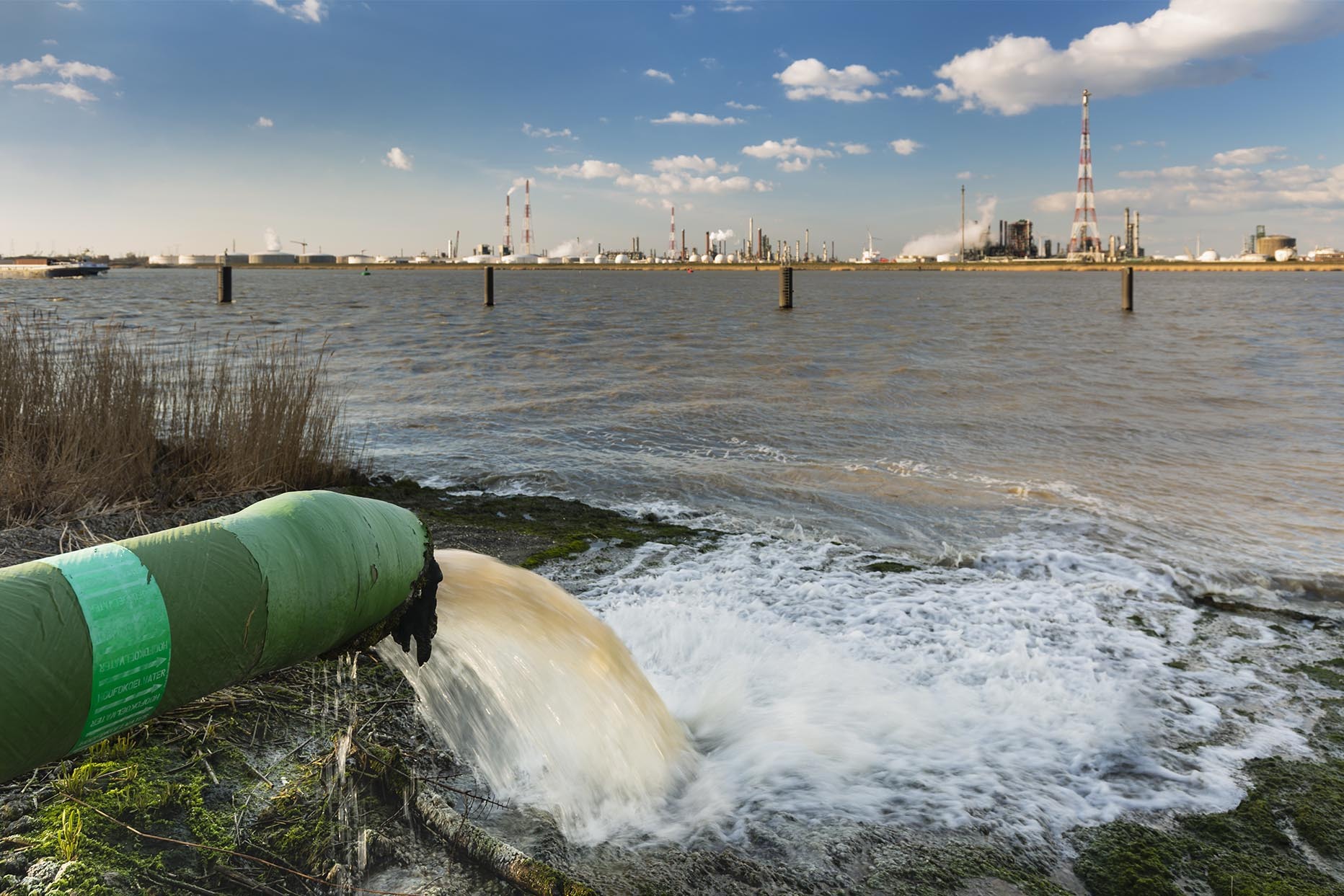Removing non-ionic surfactants in wastewater
Non-ionic surfactants are widely used in industry during production and cleaning processes. They can be found in lubricants, waterproofing materials, foaming or anti-foaming agents, disinfectants and detergents. Activated carbon is a highly effective method of treating wastewater containing non-ionic surfactants, allowing it to be discharged safely.
The challenge
A Polish company makes rubber hoses for the automotive industry.
During the production process, the hoses are coated in lubricant, then put into a vulcanisation furnace. Afterwards, the hoses and the furnace are washed. The wastewater from this process is then discharged to the sewer.
This client decided to change the type of lubricant it was using to a more effective one. Afterwards, it was contacted by the local municipal wastewater treatment company, which had noticed problems in the biological water purification. Its investigations found this was due to a spike in non-ionic surfactant levels, which it traced back to wastewater from this specific client.
It warned that if the client did not take immediate action, the WWTP would stop accepting the wastewater. The client would then have to send its wastewater for specialist treatment at a considerable cost.
The client carried out its own measurements, which revealed that inlet concentrations of non-ionic surfactants were 300-600 mg/L, a huge number compared to the national limit in Poland of just 20 mg/L.
The combined flowrate from the client’s two production buildings is 6 m³/h, which is almost continuous. Therefore, the client needed an urgent solution to avoid major business interruption and high external wastewater treatment costs.
It was advised by its engineering contractors to contact DESOTEC.


The solution
There was no time to carry out lab tests to determine the best type of carbon to use. Instead, the client decided to test the effectiveness of DESOTEC’s solution by installing one MOBICON 2000 water filter as an interim measure on one of its two production lines.
We delivered the filter within one week of receiving the order from the client. It started up immediately, with no production downtime required.
The immediate results were excellent: tests showed that the filter reduced the levels of non-ionic surfactant from 300-600 mg/L to just 4 mg/L.
Analysis of the COD levels showed they dropped from 1000 mg/L to 30-40 mg/L.
The client also optimised its production practices to reduce the amount of lubricant used, lowering the inlet concentration of surfactants in the wastewater as well.
The results
Both the client and the WWTP are happy with the solution, which is continuing to work effectively.
The client has now decided to install a second MOBICON 2000 filter to treat the flow from its other production building.
The client is also pleased to have found an effective solution that does not require upfront investment. Production processes at the plant are likely to change in the coming years, as the client has plans to reuse water to improve sustainability. As DESOTEC filters are supplied on a rental basis, it is easy to cancel or alter the order if requirements change.
The filter has been exchanged a few times to check the performance of the carbon. Despite the very high loading of the surfactant, DESOTEC is able to reactivate the waste carbon, thus driving down the client’s costs and boosting sustainability.
All used carbon is analysed at DESOTEC’s facilities, so the right measures can be taken for handling and treating it. All molecules that were adsorbed onto the activated carbon at the customer’s site are desorbed inside our reactivation furnaces, and destroyed in accordance with national and European legislation by an incineration and neutralisation set-up. The entire installation and its emissions are continuously monitored, so that only harmless water vapour is seen exiting the chimney.
Contact DESOTEC today
Our experts are happy to discuss how DESOTEC solutions could work for your company, so contact us today for advice.
Contact our expertsContact DESOTEC today
Our experts are happy to discuss how DESOTEC solutions could work for your company, so contact us today for advice.
Contact our experts-
Water & liquid purification
Our mobile filtration solutions purify wastewater and groundwater, and ensure process liquids reach high purity standards. -
Our unique service
Our closed-loop, full-service model is as unique as your business needs. We’ll define the right filtration setup and safely recycle filtration waste, making it easy to go green. -
Your sustainability journey
We care about protecting our air, water and soil for future generations, just like you. Our filtration solutions help you meet environmental standards, reducing your carbon footprint.


